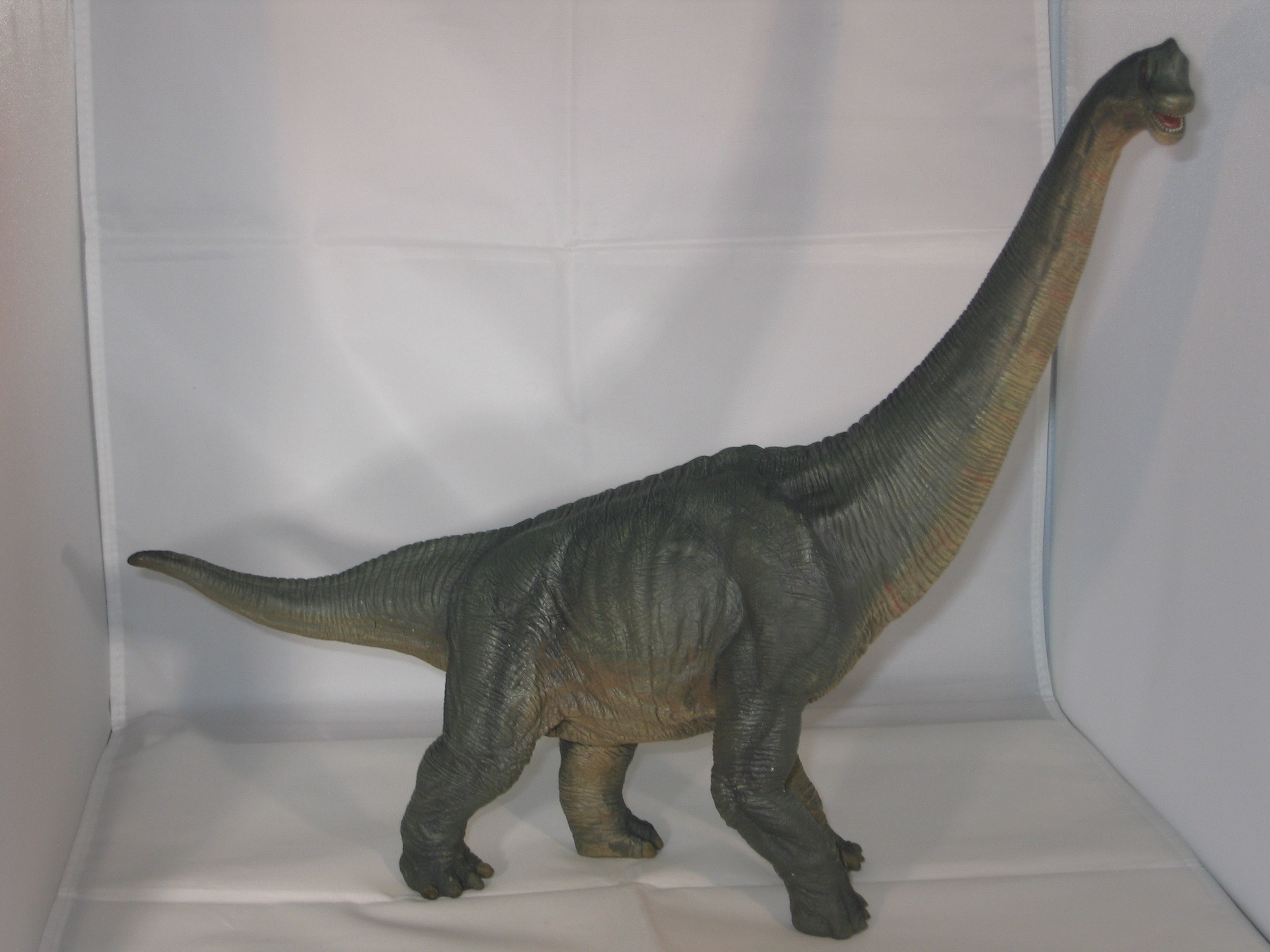Darwin and Morphology – The Shape of Living Things
Darwinism and the Shape of Living Things
A definition of life used by scientists is anything that may be subject to the laws of Darwinism such as natural selection. For example, it could be argued that living things grow, however, so do stalactites and stalagmites and these items cannot be perceived as living creatures. The works of Darwin are a fascinating source of information, they also provide an insight into the thinking and understanding of science during the Victorian era. There are so many interesting passages in the “Origin of Species” for instance, one of our favourites and most thought provoking is a lesser known section to be found towards the back of the first few print runs.
Laws of Darwinism
In a chapter entitled “Classification” Darwin discusses how there is a form of order in the natural world. He observes that members of the same Class independent of their habits of life, resemble each other in the general plan of their organisation. Darwin refers to this as “Morphology”.
He postulates on why so many animals have appendages such as limbs that although designed for very different purposes all have the same or virtually the same bones making them up.
Darwin comments:
“What can be more curious than that the hand of a man, formed for grasping, that of a mole for digging, the leg of a horse, the paddle of a porpoise and the wing of a bat, should all be constructed on the same pattern and should include the same bones, in the same relative positions?”
A number of examples of morphology in the natural world are given by Darwin, he asks why the sepals, petals, stamens and pistils in any individual flower, though fitted for such varying purposes should all be constructed along the same design and basic pattern? He argues that this is evidence that organisms have inherited these traits from the ancestors and these characteristics have been passed down (ultimately modified in most cases) the line of descent.
A visit to a museum can provide ample evidence of the point that Darwin is trying to make. In the human skeleton there is but one bone in each limb connecting the arm or leg to the trunk of the body (humerus or femur). We then have two bones connecting the lower portion of each limb to the hand or foot. This pattern of bones is repeated in a huge range of vertebrate creatures from primitive amphibians, to modern predators such as lions, from enormous brachiosaurs to a tiny mouse.
A Model of the Enormous Brachiosaurus
Picture credit: Everything Dinosaur
The picture (above) shows a model of a Brachiosaurus by Papo.
To view the Papo range of dinosaur models: Papo Prehistoric Animal and Dinosaur Models.
Although Darwin was not the first scientist to make this point he presents this information and evidence for natural selection and inheritance in a very articulate way – helping to spread the interest in science and scientific issues amongst Victorian society.


